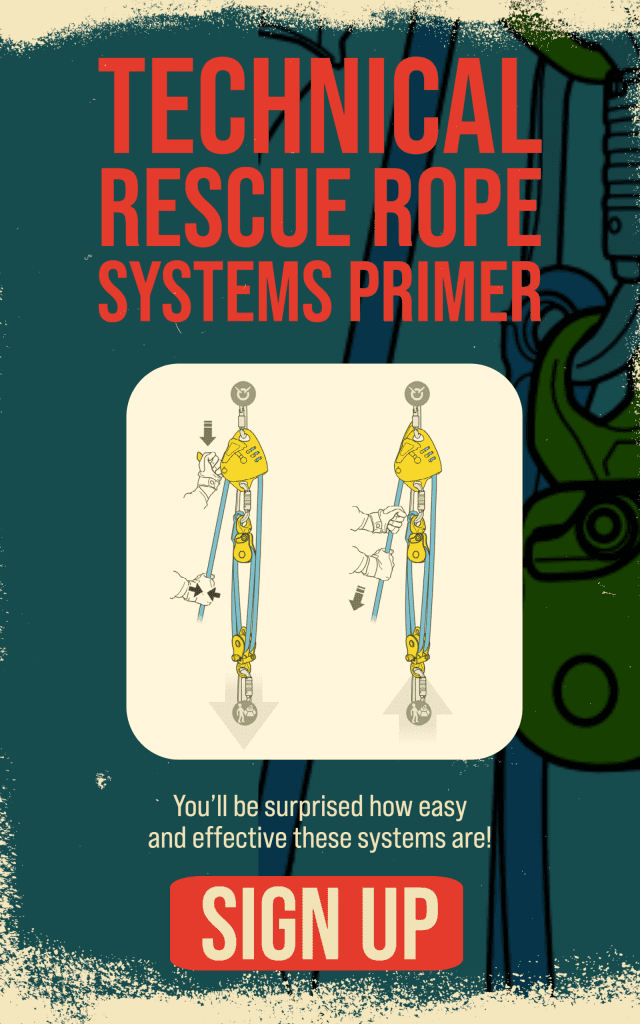Welcome to the Rigging Lab
@Rescue Response Gear Rigging Journal
Nobody Should Be Confused - We Make It Simple and Easy
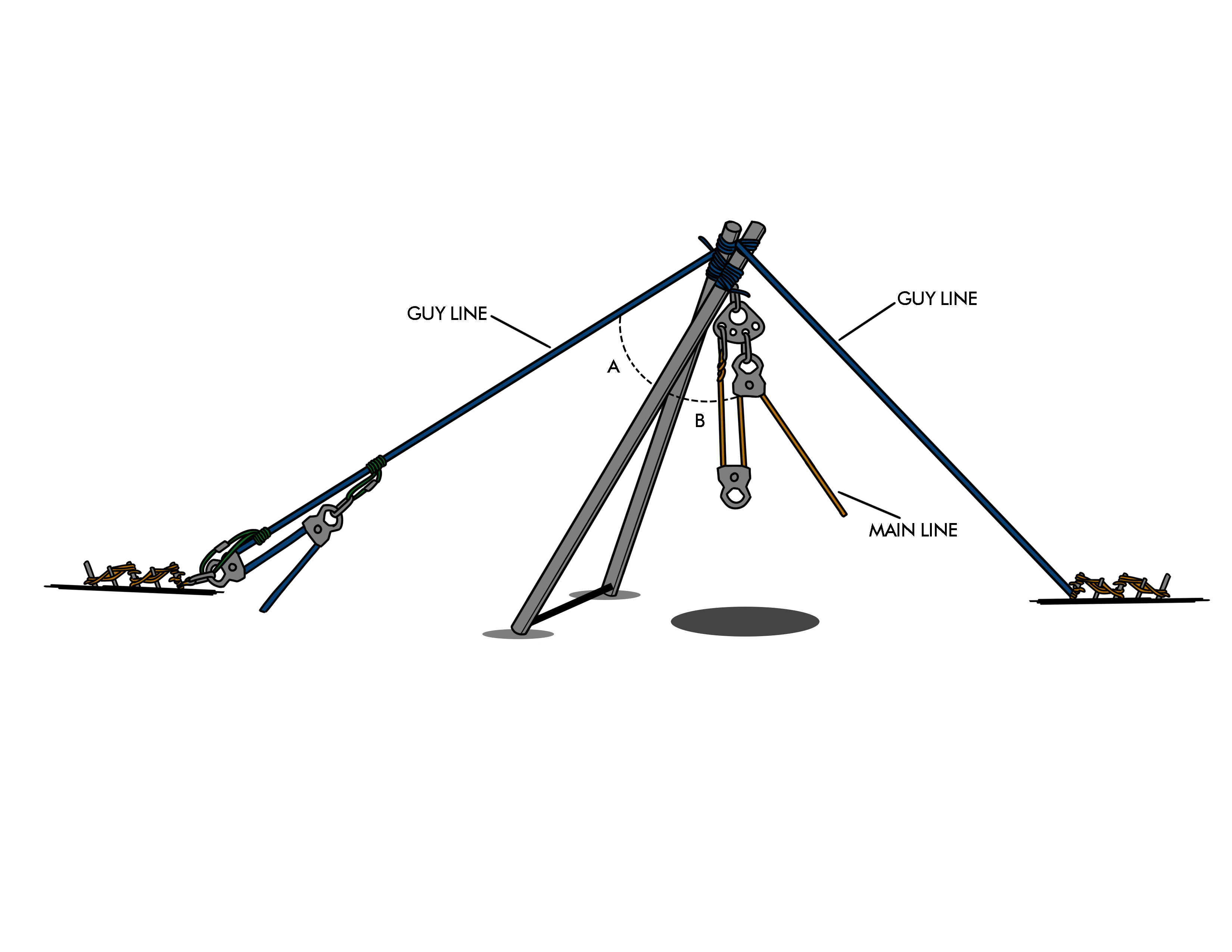
Setting up the Improvised A-Frame and High Directional
When setting up an A-Frame for load management in rope rescue or material handling operations, it’s crucial to position it accurately. The apex of the

Expanding Horizons: Redefining Vision in Technical Rope Rescue and Rigging
In the realm of technical rope rescue and rigging, vision is an essential, multi-dimensional asset that intertwines technical proficiency with human empathy. It elevates the
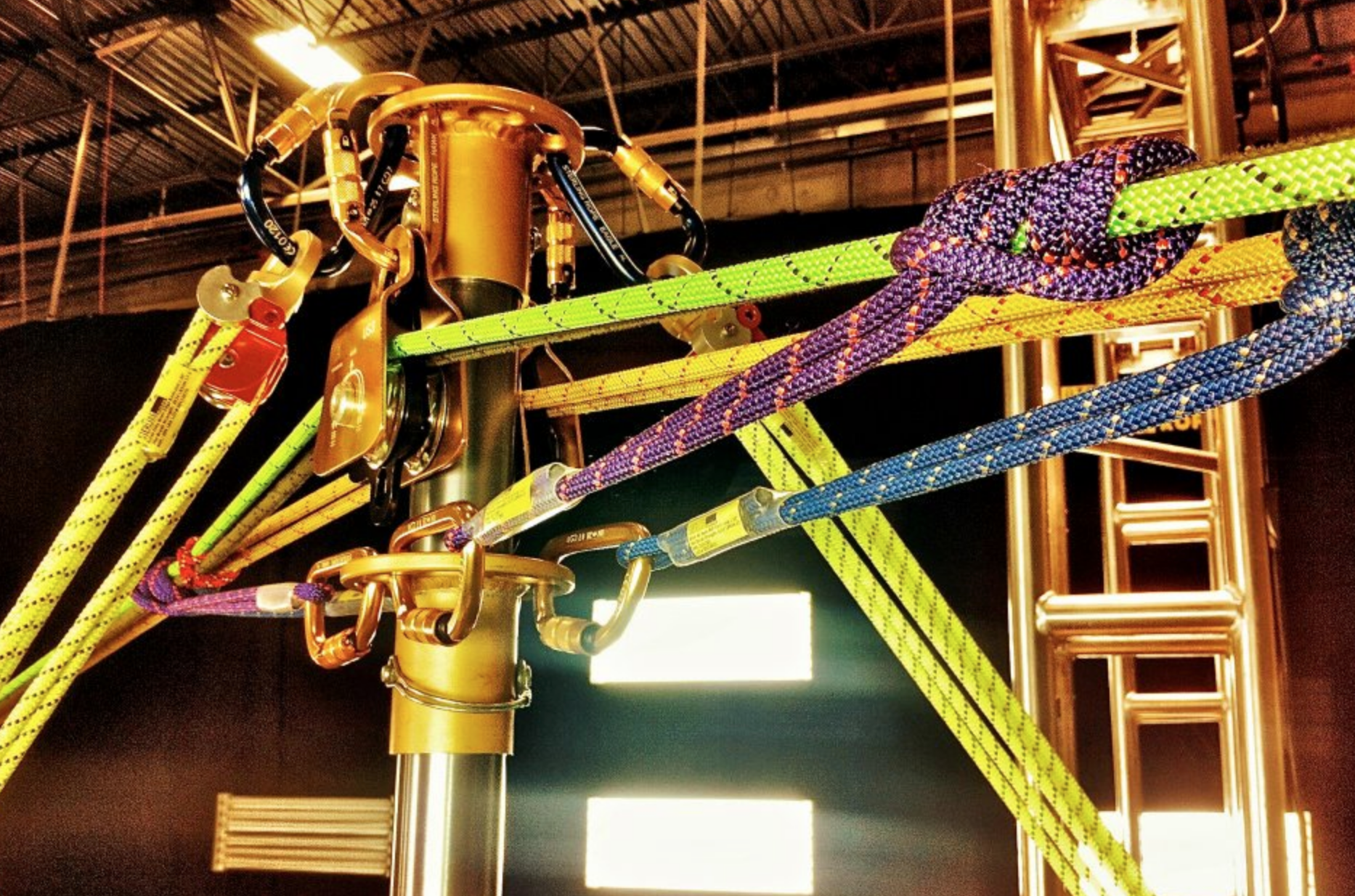
Force Multipliers and The Fundamentals of Mechanics
Force Multipliers To understand rigging is to understand at least some aspects of trigonometry and vector physics. The knowledge of angles, components, and resultants is
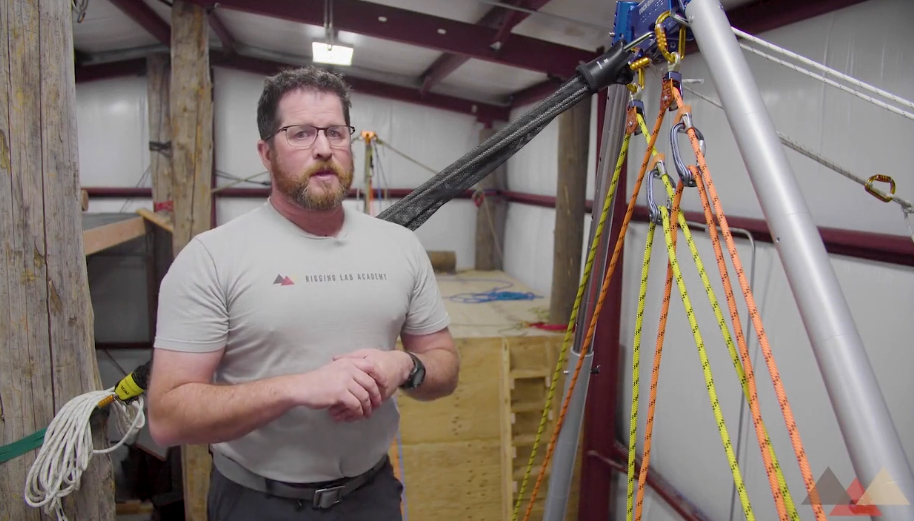
Introduction to High Directional Setups and Systems – Part 2
This is part of 2 of 2 – Introduction to High Directional Setups and Systems In the domain of complex rigging, particularly when employing high
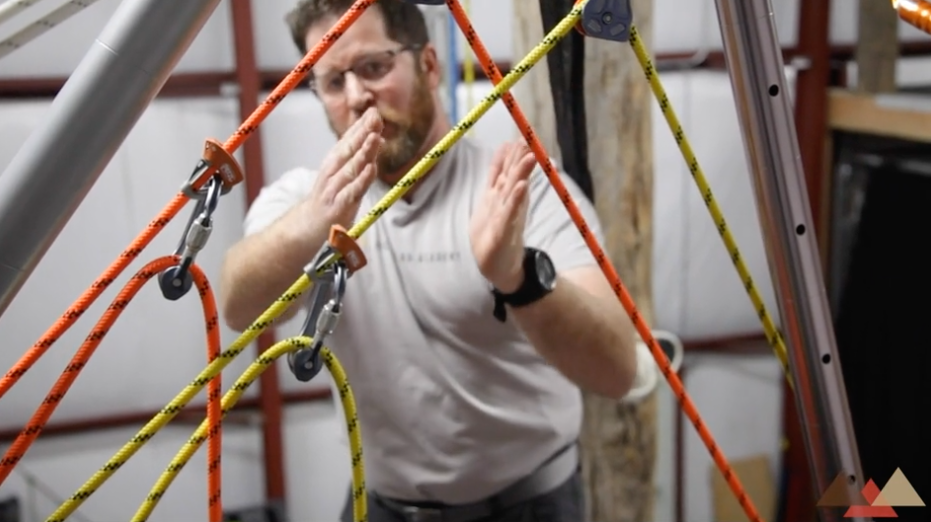
Introduction to High Directional Setups and Systems – Part 1
This is a 2 Part piece… I had a few Rescue Response Gear customer ask for a couple of AHD basic setup ideas – I
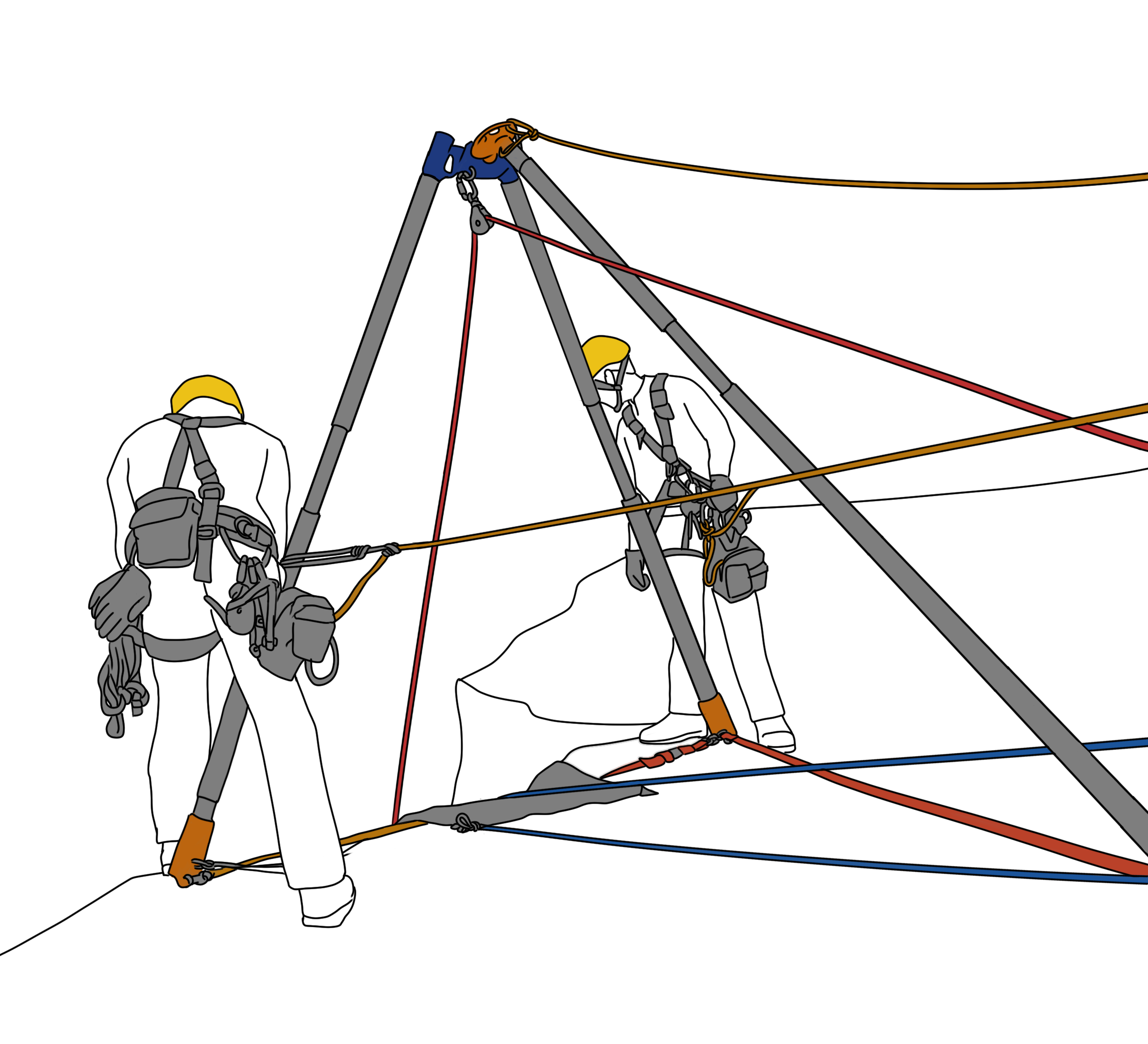
Peaks and Valleys: A Guide to Navigating High and Low-Angle Rope Rescues
High-angle rescue stands as a beacon of hope and technical prowess in the face of nature’s most daunting terrains. These operations, essential for saving lives

Clockwork Precision: The Art and Mechanics of Rope Rescue Mastery
After nearly 30 years of living the rope rescue and rigging life, I’ve climbed through changes, held fast to timeless truths, and sometimes dangled in

Ascending Beyond Doubt: A Journey of Transformation in the Wilderness
Amidst the grandeur of towering mountains, where canyons stretch wide like the mouths of ancient giants and hot desert hills roll endlessly toward the horizon,
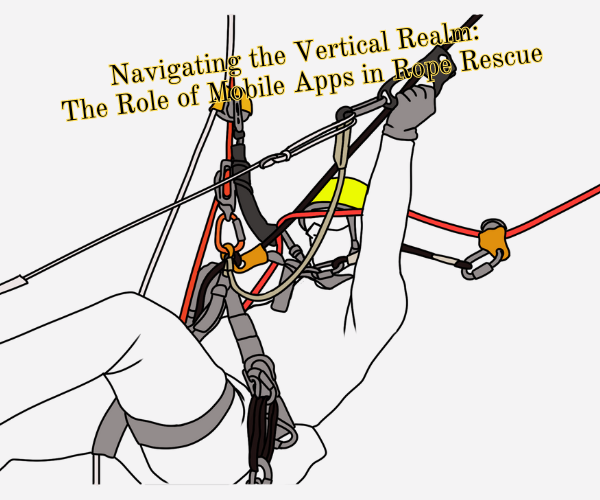
Navigating the Vertical Realm: The Role of Mobile Apps in Rope Rescue
Rope rescue operations require more than just physical endurance; they demand a deep well of technical knowledge, strategic thinking, and an unwavering commitment to both

Shedding Light on Headlamp Selection for Technical Rope Rescue: Key Considerations and Recommendations
Q: Is there a single headlamp that fits all needs? A: No. If there is one item in the rescue world that exceeds all others






